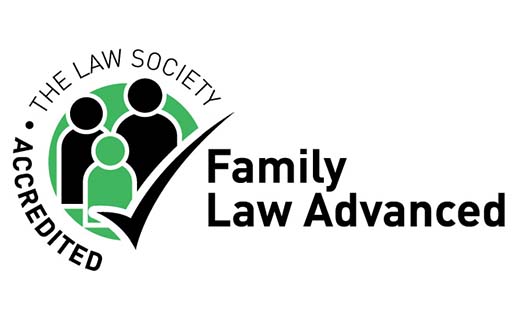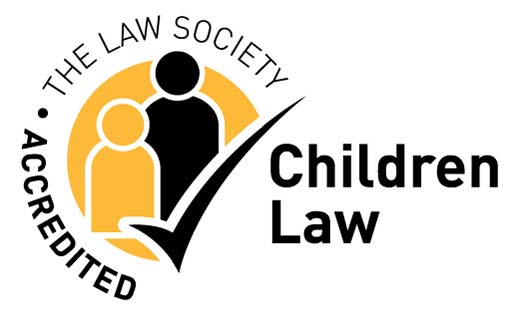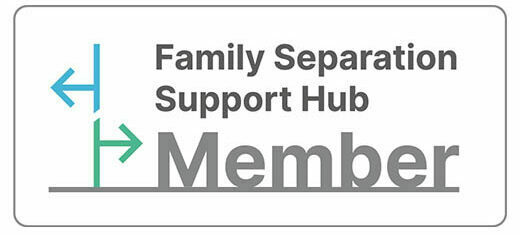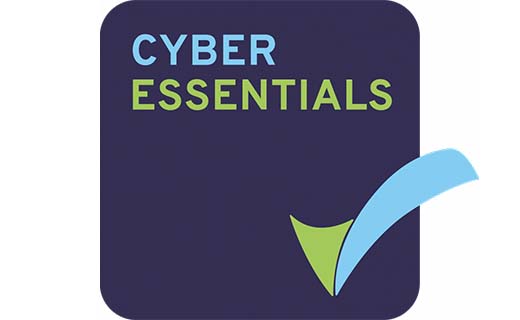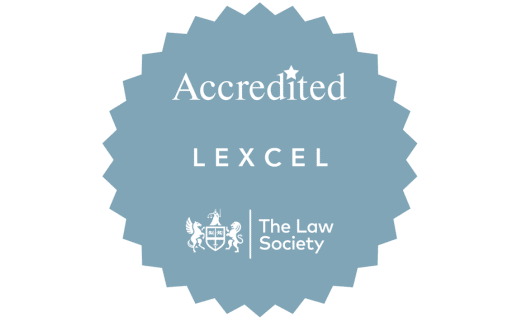What is coercive control?
Coercive control is a form of domestic abuse, characterised by isolating and controlling of victims.
Victims of coercive control also frequently feel they are being watched by their partner, with their actions heavily restricted.
In addition, gaslighting is often an integral part of these relationships, with the abuser often convincing the victim that they are imagining things or unable to live independently; this further isolates those living this way, giving the perpetrator even more control.
What are examples of coercive control?
Those who are subjected to coercive control may sometimes struggle to see the subtle (and not so subtle) signs and signals, with the intensity of control usually building gradually over time.
The following behaviours are common examples of coercive control in action:
- Isolating you from loved ones and activities you once enjoyed
- Monitoring your behaviour and daily activities
- Calling you names
- Telling you or making you feel worthless
- Controlling your finances
- Damaging your personal property or threatening to do so
- Threatening to harm you or your children, including threatening to kill you
- Using the threat of their suicide as a way to stop you leaving
- Forcing you to participate in criminal activity
- Threatening you with legal action or with publishing secret information about you
What are the signs of coercive control?
There are many different signs of coercive control, and the abused partner may find themselves in such a relationship unknowingly.
Partners who constantly question your behaviour or movements could be showing signs of coercive control, and this becomes even more extreme when they begin consciously isolating you from the people you care about and activities you enjoy.
If you feel monitored and worry about what your partner will do if you don’t abide by their wishes, you may well be in a relationship that is coercive and controlling.
What does coercive mean in a relationship?
If you (or a friend, colleague or loved one) is in a relationship that’s coercive, it means your partner is trying to take control of your behaviour, actions, and other relationships.
The term has become better known in recent years, with high-profile cases of coercive control reported in the press.
As we’ve defined in the examples of coercive control listed above, sometimes it overlaps with other forms of abuse. It can be physical as well as psychological in nature, but this is not always the case.
Coercive control in a relationship leads the victim to feel isolated and alone, which makes it more difficult for them to access the help they need to leave. The coercive partner may also take steps to practically remove the abused partner’s ability to leave the relationship, such as controlling their finances or monitoring where they go and who they speak to.
Legally, coercive control is defined by whether it has had a serious effect on the abused partner.
What is coercive behaviour?
Coercive behaviour is a form of domestic abuse. However, contrary to popular opinions around domestic abuse, it does not necessarily involve physical abuse (though it can).
Instead, the victim of coercive behaviour becomes increasingly isolated: from their friends, their family, activities they once enjoyed, their work, and their sense of self. Having removed the victim’s support network, the coercive abuser will then proceed with threats, intimidating behaviour and often humiliating the victim, helping to keep them in their isolated state.
How to prove coercive control?
Coercive control in a legal setting is often proven by patterns of behaviour or actions that are designed to cause the abuse victim harm. This could mean isolating them from their family and friends so they have no support network to call on, or it may mean ensuring the abuse victim becomes entirely dependent on their abuser for money or a place to live.
Actions that are classed as coercive control often have aspects of control that can be proven, such as control over the finances or activities, preventing the abuse victim from seeking job opportunities or socialising and removing gateways to independence and escape.
One instance of coercive control could be regarded as an isolated incident, but patterns start to occur when looking at the incident in a wider historical context.
It’s therefore important to keep as much evidence of the coercive control as possible, and to log incidents when they occur. Friends and family are also valuable sources of information and can help to prove changes in behaviour over a longer period of time.
How to report coercive control?
As a criminal offence, you can and should report coercive control to the police. The police will then respond accordingly, depending on your personal situation and the evidence they have. Your abuser could be given a warning. They may also be arrested.
If there is enough evidence that a crime has been committed, the matter will be referred to the Crown Prosecution Service (CPS) for further investigation and legal action. If the abuser is found guilty, they could be sentenced to serve time in prison, or forced to pay a fine, or both.
You may also be granted a court order to help keep you safe. Court orders can be issued even in the instance that your abuser is acquitted and are designed to stop the abuser from doing certain things which could cause you further distress, such as visiting your address or place or work or contacting you.
Once in place, If your abuser breaks the court order, they will have committed a crime.
You may also be eligible to apply for a non molestation order if your abuser is an ex partner or family member (*speak to a specialist solicitor at NLS to get advise on whether your abuser is an “associated person”). As it is a form of domestic abuse, you may be advised that you have grounds to apply through the family court for protection under a non molestation order and such orders can be applied for on an emergency basis (without notice to your abuser) in urgent situations. Do not delay in getting advice as to your options.
At NLS we have a large team of specialist solicitors that have helped many victims of coercive control secure protection from the family courts, which has enabled them to move on with their lives with some protection in place.
Breach of any non molestation order is a criminal offence and would be reported to the police, wherein the abuser if found to have breached the order could be fined, imprisoned – or both).
Is coercive control a crime?
Coercive control is punishable by law. Abusers are liable to be guilty of coercive control if their behaviour has seriously impacted you and if they knew that it would cause you harm. Law courts will seek to discover whether the coercive control has had a serious effect on you.
This means:
- You have feared that you might be a victim of violence by your abuser on at least two occasions.
- You have felt significant distress or alarm, and this has impacted your daily activities.
- The coercive control has made you change the way you live or socialise.
The court will use all the information they have to assess whether your abuser knew their behaviour would provoke a serious negative effect on you as a person.
If you’re in a relationship that involves coercive control, you can speak to one of our experienced family solicitors in confidence.


